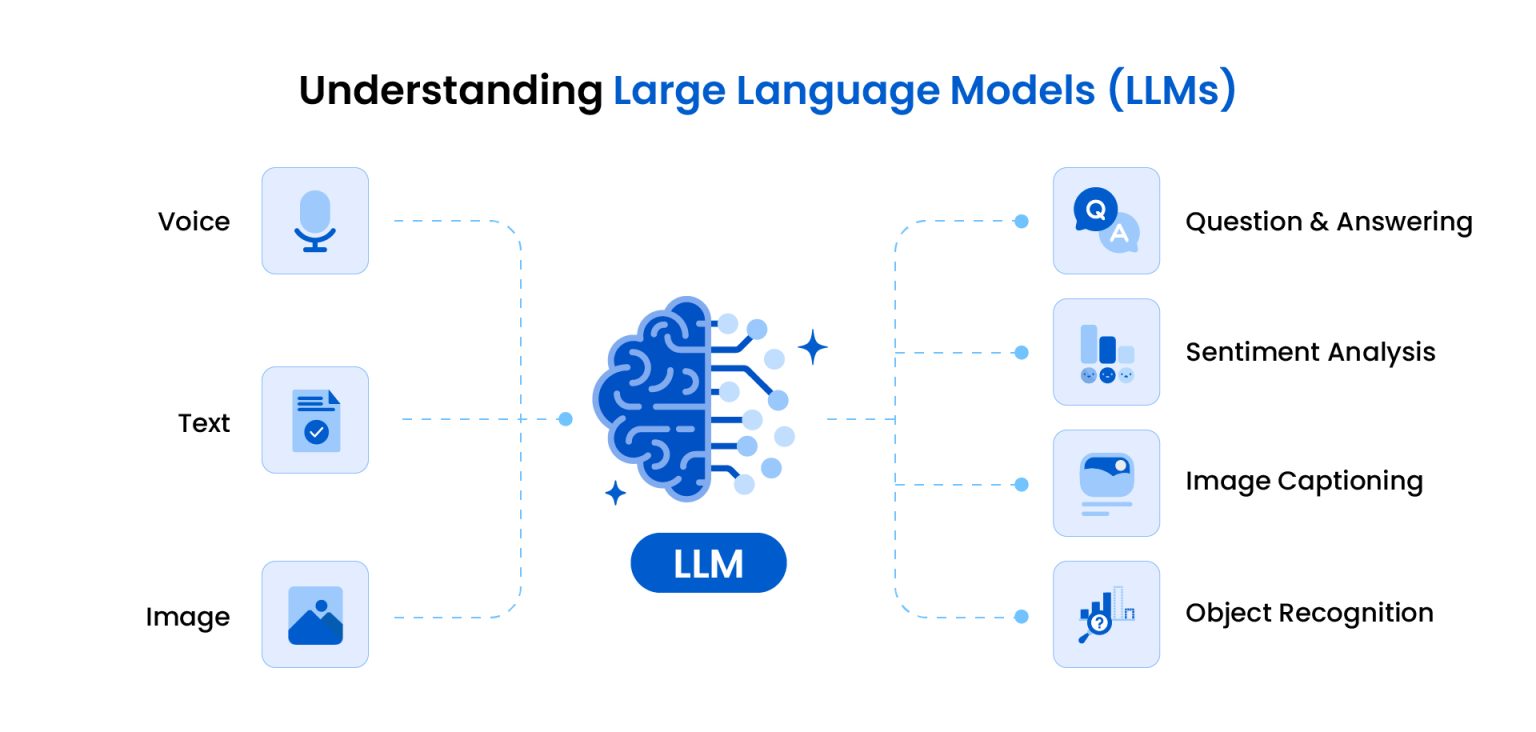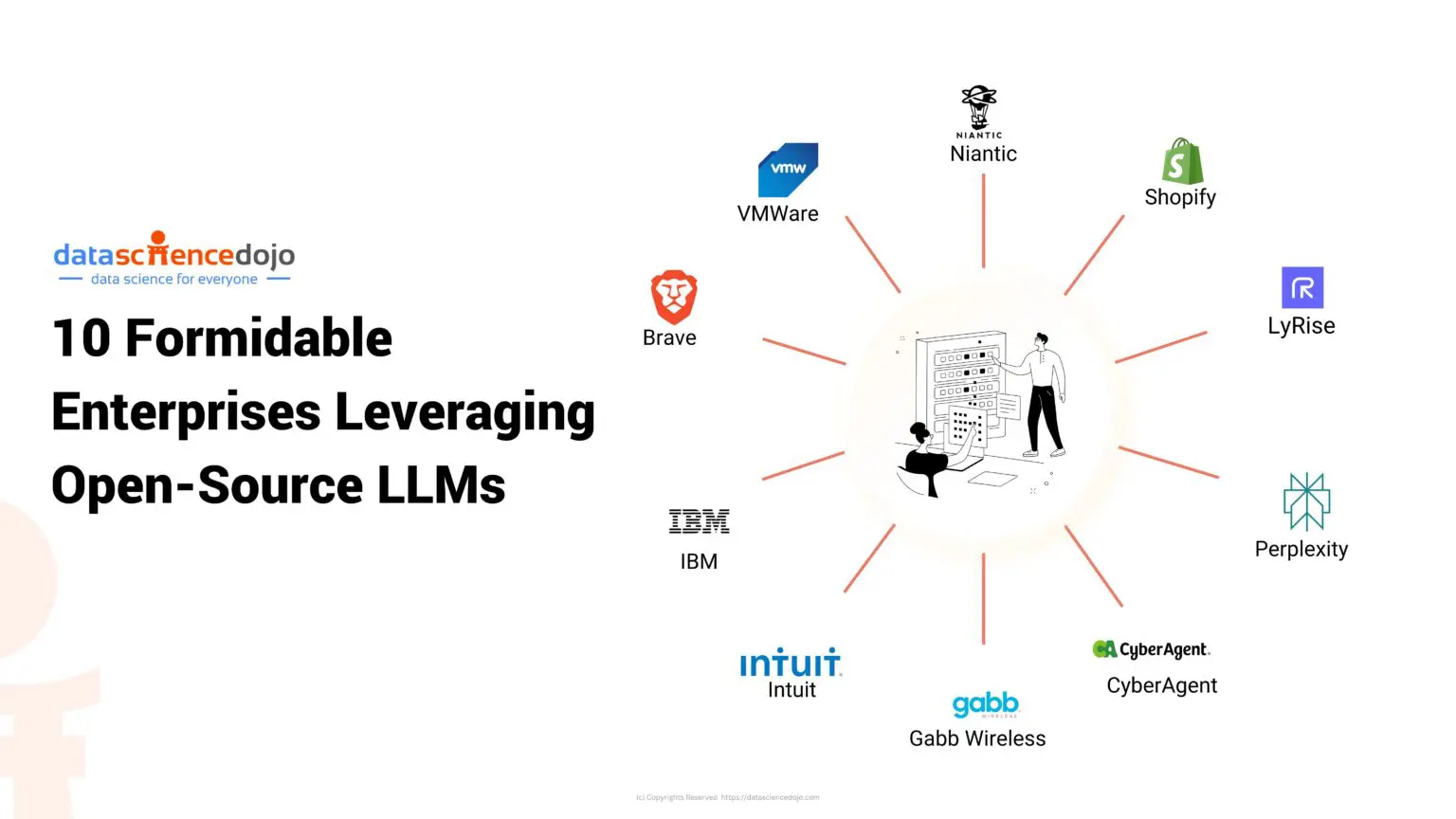The artificial intelligence world just witnessed a seismic shift. For the first time since 2019, OpenAI, the company behind ChatGPT and GPT-4, has released open-weight models. Their new gpt-oss-120b and gpt-oss-20b models, released under the Apache 2.0 license, are excelling in reasoning tasks and can run on consumer hardware. This move signals a fundamental change in the AI landscape, one that could reshape how enterprises approach AI adoption. The choice between open source vs closed source LLMs has never been more critical for enterprises seeking competitive advantage.
But what does this mean for your business? And how do you navigate the complex decision between open-source and closed-source AI solutions?

The Great AI Divide: Understanding Your Options
At Origo, we’ve watched the AI landscape evolve rapidly. The debate over open source vs closed source LLMs has intensified as of 2025, 67% of organizations worldwide have adopted LLMs to support their operations, but many still struggle with the fundamental choice between open and closed AI systems.

Open-Source LLMs: The Democratic Revolution
Open-source large language models represent a collaborative approach to AI development. Think of them as the Linux of artificial intelligence, freely accessible, customizable, and driven by vibrant communities of developers and researchers.
Key examples include:
- Meta’s Llama models (now with nearly 350 million downloads)
- Google’s Gemma family (Gemma 3 with 1B to 27B parameter models, built from Gemini technology)
- OpenAI’s new gpt-oss series (the industry game-changer)
- Chinese open-source leaders: DeepSeek-R1, Qwen 3 (Alibaba), and Kimi K2 (Moonshot AI)
The compelling advantages:
Transparency and Trust: You can see exactly how these models work, making them ideal for industries with strict compliance requirements. This visibility enables better understanding of model behavior and builds trust in AI-driven decisions.
Customization Freedom: Need an AI that speaks your industry’s specific language? Open-source models can be fine-tuned on your domain-specific data, creating solutions tailored to your unique business challenges.
Cost-Effectiveness: No per-token billing means predictable costs. OpenAI’s new gpt-oss-20b can run on devices with just 16GB of memory, making powerful AI accessible to businesses of all sizes.
Community Innovation: Benefit from collective intelligence. When thousands of developers contribute improvements, innovation accelerates exponentially.
Closed-Source LLMs: The Premium Experience
Proprietary AI systems like ChatGPT, Claude, and Google’s Gemini, operate as managed services. They’re the “iPhone” of AI-polished, reliable, and ready to use out of the box.
The enterprise advantages:
Enterprise-Grade Performance: These models are optimized for accuracy, speed, and reliability. When your business can’t afford downtime or errors, closed-source models provide that extra assurance.

Managed Infrastructure: No need to worry about hardware, updates, or maintenance. The provider handles the technical complexity, letting you focus on your business.
Advanced Security: Leading vendors implement rigorous security measures and compliance protocols for GDPR, HIPAA, and other regulations.
Continuous Innovation: Regular updates and new features arrive automatically, ensuring you’re always using the latest AI capabilities.

The trade-offs to consider:
Cost Scaling: Usage-based pricing can become expensive as your AI adoption grows. Every API call adds up.
Limited Customization: You’re working within the constraints of the provider’s design. Deep customization isn’t possible.
Vendor Lock-in: Switching between providers can be challenging once your systems are integrated.
The Global AI Race: Chinese Models Leading the Open-Source Revolution
One of the most significant developments in 2025 has been the dominance of Chinese open-source models in global rankings. Kimi K2, MiniMax M1, Qwen 3 and a variant of DeepSeek R1 rank as the world’s top open-sourced AI models, according to LMArena.
The Chinese Open-Source Powerhouses:
DeepSeek-R1: Launched in 2025, it builds upon the V3 base model, incorporating reinforcement learning techniques to improve reasoning abilities and focuses on enhanced logical inference and mathematical reasoning.
Qwen 3 (Alibaba): Part of the Alibaba ecosystem, offering robust performance with Apache 2.0 licensing that makes it truly enterprise-ready.
Kimi K2 (Moonshot AI): This open-source, multimodal LLM is a strong competitor to popular models by OpenAI, Claude, Qwen, and DeepSeek, with advanced image understanding and text generation capabilities that even beats ChatGPT and Claude in coding tasks.
Google’s Strategic Dual Approach: While Google operates the closed-source Gemini for enterprise applications, their Gemma models share technical and infrastructure components with Gemini but remain completely open-source. Gemma 3, announced in March 2025, comes in 1B, 4B, 12B and 27B sizes with a 128,000 token context window, providing developers with powerful, portable options.
This global competition is driving rapid innovation, with larger Chinese models offering their own APIs and becoming increasingly available from other providers, creating a rich ecosystem of choices for enterprises worldwide.

The 2025 Market Reality: What the Data Tells Us
The enterprise AI landscape is evolving rapidly. Generative AI is entering a more mature phase in 2025, with models being refined for accuracy and efficiency, and enterprises embedding them into everyday workflows.
Here’s what’s happening:
The Open-Source Momentum: Enterprises are adopting structured procurement processes and increasingly turning to off-the-shelf applications to accelerate adoption. The market is becoming more sophisticated, with businesses seeking solutions that balance innovation with reliability.
Multi-Model Strategy: A consistent theme is the move towards a multi-model and multi-cloud strategy, with enterprises wanting flexibility to choose the best tool for the job.
The Numbers Don’t Lie: While thirteen percent of AI workloads today use open-source models, this represents a solid foundation for growth, especially with OpenAI’s entry into the open-weight space.
OpenAI’s Game-Changing Move: What It Means for You

OpenAI’s release of gpt-oss models isn’t just another product launch, it’s a strategic shift that validates the open-source approach while bringing enterprise-grade capabilities to the masses.
Why this matters:
Democratized AI Power: The gpt-oss-20b model ranks in the top ten on MMLU benchmarks and can run locally on a MacBook Air M3. This means powerful AI capabilities are no longer exclusive to large corporations with massive budgets.
Performance Meets Accessibility: The gpt-oss-120b activates 5.1B parameters per token while the 20b model activates 3.6B, offering efficient processing with strong performance. Similarly, Chinese models like Qwen 30B and GLM-4.5 Air 106B can run on consumer laptops, democratizing access to powerful AI capabilities.
True Ownership: Unlike API-based services, you own and control your AI deployment entirely. No usage limits, no unexpected price changes, no vendor dependencies. Whether you choose OpenAI’s new models, Chinese alternatives, or Google’s Gemma family, the control remains in your hands.
Real-World Applications: Where Each Model Shines
Open-Source Excellence
Research and Development: Organizations use open-source models to experiment, innovate, and develop specialized applications. The transparency enables deep understanding and continuous improvement. Chinese models like DeepSeek-R1 excel in mathematical reasoning, while Google’s Gemma models provide excellent multimodal capabilities.
Industry-Specific Solutions: Healthcare, finance, and legal sectors benefit from models trained on domain-specific data, ensuring relevant and accurate responses. The diverse ecosystem of models, from Chinese powerhouses to Western innovations, provides options for every industry vertical.
Edge Computing: The smaller models like OpenAI’s gpt-oss-20b, Google’s Gemma 1B, or optimized versions of Qwen can run directly on consumer hardware, enabling powerful AI capabilities directly on your devices without cloud dependencies.

Closed-Source Strengths
Customer Service Excellence: Companies like Intuit integrate proprietary models into their platforms, providing personalized assistance while maintaining strict data protection compliance.
Business Process Optimization: Enterprise systems benefit from the reliability and performance guarantees that come with managed AI services.
Rapid Deployment: When time-to-market is critical, closed-source models offer immediate access to advanced capabilities without the setup complexity.
Making the Right Choice: A Strategic Framework
The decision between open and closed-source AI isn’t binary, it’s strategic. Consider these factors:
Choose Open-Source When:
- Control is critical: You need full ownership of your AI infrastructure
- Customization matters: Your use case requires deep model modification
- Cost predictability is important: You prefer fixed infrastructure costs over usage-based pricing
- Transparency is required: Regulatory compliance demands visibility into AI decision-making
- Long-term flexibility is valuable: You want to avoid vendor lock-in
Choose Closed-Source When:
- Reliability is paramount: You need guaranteed uptime and performance
- Speed to deployment matters: You want to implement AI quickly without technical complexity
- Maintenance resources are limited: You prefer managed services over self-hosted solutions
- Integration is key: You need seamless compatibility with existing business systems
- Compliance support is crucial: You require vendor-managed regulatory compliance
The Origo Advantage: Your Human-Centered AI Partner

At Origo, we understand that technology decisions aren’t just about features and costs—they’re about people. Our human-centered approach ensures that whatever AI solution you choose, it enhances rather than replaces human capabilities.
How we help enterprises navigate this choice:
Strategic Assessment: We evaluate your specific needs, constraints, and goals to recommend the optimal AI approach. No one-size-fits-all solutions.
Custom Implementation: Whether you choose open-source flexibility or closed-source reliability, we customize the solution to fit your unique business context.
Bridge the Expertise Gap: Don’t have deep AI expertise in-house? Our team becomes your extended AI capability, handling technical complexity while you focus on business outcomes.
Human-Centered Design: We ensure AI implementations enhance human decision-making and productivity rather than creating technological barriers.
Hybrid Solutions: Often, the best approach combines both open and closed-source models, leveraging each where they excel most.
The Future is Multi-Modal
The global agent market is projected to reach almost $8 billion in 2025, with compound annual growth reaching 46% by 2030. This growth is driving innovation across both open and closed-source ecosystems.
What’s coming:
- Improved reasoning capabilities: Both model types are advancing in complex problem-solving
- Better efficiency: Models are becoming more powerful while requiring fewer computational resources
- Enhanced multimodal capabilities: Integration of text, image, and voice processing
- Stronger safety measures: Advanced techniques for ensuring AI safety and alignment
Your Next Steps: Making AI Work for Your Business

The landscape of AI is more exciting and accessible than ever. OpenAI’s move into open-weight models, combined with the remarkable rise of Chinese open-source models like DeepSeek-R1, Qwen 3, and Kimi K2, plus Google’s strategic Gemma family, gives enterprises unprecedented choice and flexibility in their AI strategies.
Ready to explore your AI options?
- Assess your needs: What specific business challenges could AI address?
- Evaluate your resources: What’s your technical capacity and budget reality?
- Consider your timeline: How quickly do you need to deploy AI solutions?
- Plan for growth: How will your AI needs evolve as your business scales?
At Origo, we’ve helped numerous enterprises navigate these decisions successfully. From SMEs looking to leverage AI for competitive advantage to large corporations implementing enterprise-wide AI strategies, we bring the expertise and human-centered approach that ensures technology serves people, not the other way around.
The AI revolution is here, and the tools are more accessible than ever. The question isn’t whether to adopt Ai, it’s how to do it in a way that empowers your people and drives your business forward.

Ready to explore how AI can transform your business? Visit www.origo.ec to learn more about our human-centered approach to AI implementation, or contact our team to discuss your specific AI strategy needs.
info@origo.ec